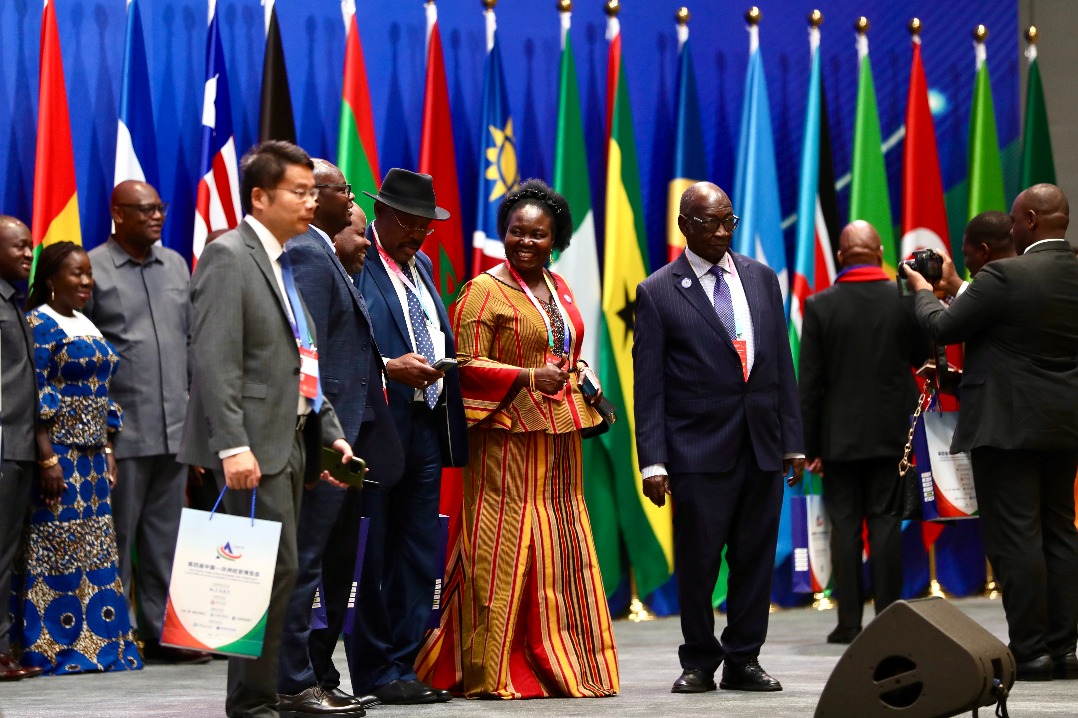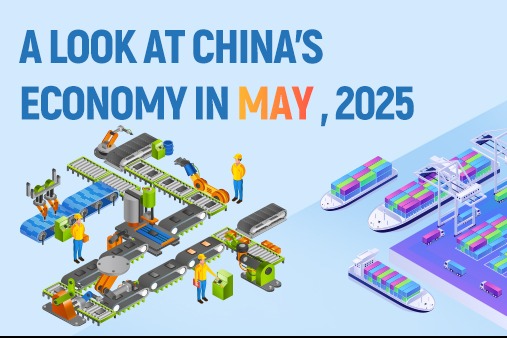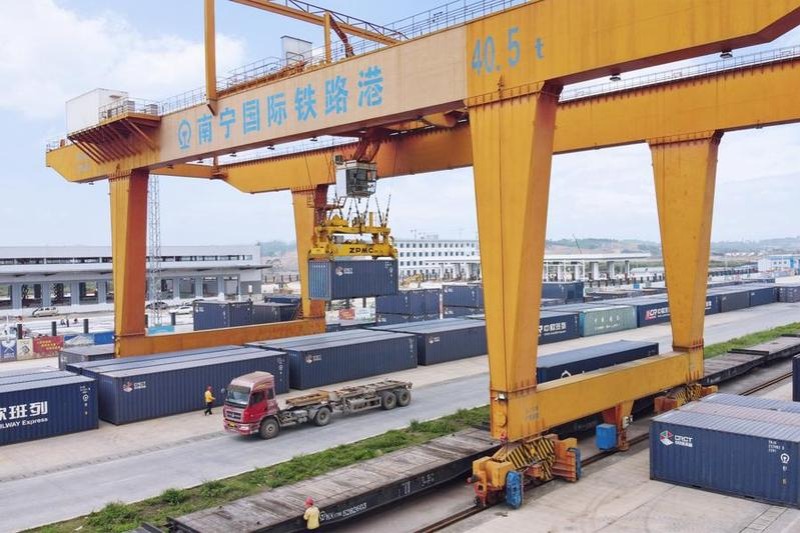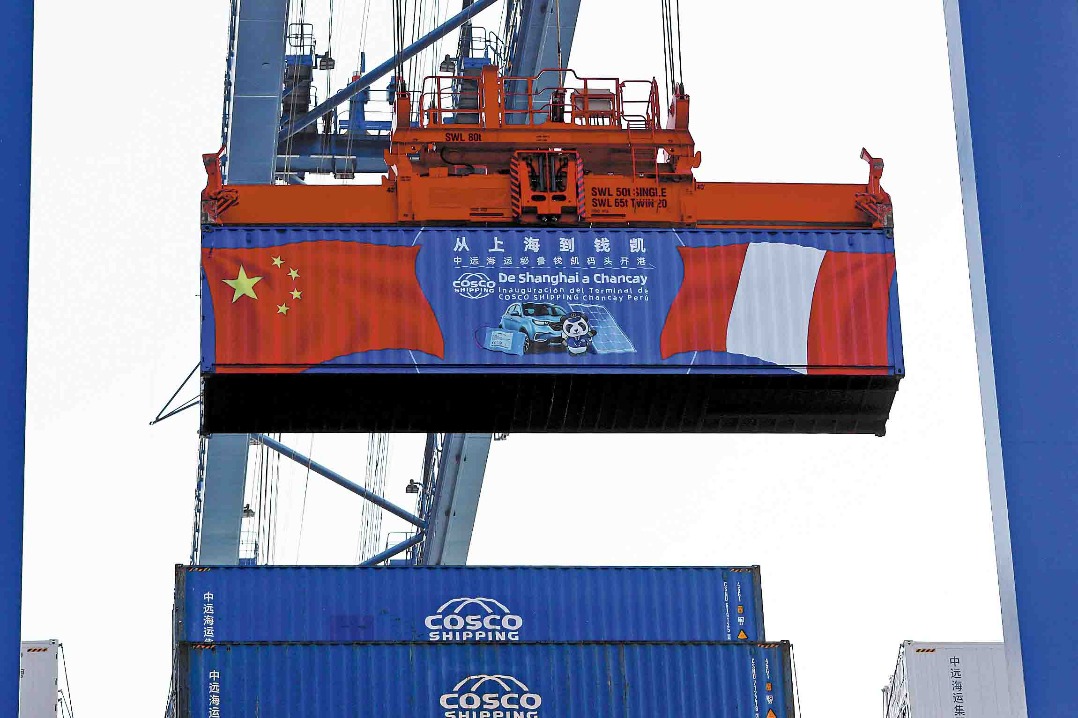'Made in China' cannot easily be replaced

Costs 'too high'
Prakash, the strategist, believes China-Plus-One sounds good in theory, but is extremely difficult to implement in practice.
"Supply chains are unbelievably difficult in terms of sourcing materials, dealing with local import rules, training factories and workers," he said.
"The only other countries in Asia that could challenge China are Japan and South Korea, except in both cases the costs are too high," he said, adding that nations such as India have poor infrastructure, rendering them unattractive.
The advantages of basing supply chains in China are fully understood by US companies, in particular.
In March, a survey by the American Chamber of Commerce in China and PwC China found that more than 70 percent of senior executives from 25 large US companies had no plans to relocate their production and supply chains outside China.
Greg Gilligan, chairman of AmCham China, said in an interview with CGTN, "Overwhelmingly, people still value and plan to continue with their sourcing and supply chain operations in China."
Yao, author of the paper "Preserving Made in China in the Age of Globalisation", due to be published next month, argues that China will remain central to most global supply chains.
He points to the scale of the country's capacity, but believes there will be an evolution from "Made in China" to "Made around China".
"China is already central to a lot of Asian supply networks, particularly electronics. China has the whole ecosystem, an educated and skilled labor force, favorable government policies, and the logistics not just to move goods around the country but around the world," he said.
The pandemic triggered a major shortage of personal protective equipment, or PPE, with the world depending on China as a supplier. Many countries also managed to start their own production facilities.
Prakash believes that if China were to lose some of this relatively low-tech production, it would not be a major issue.
"In the short term, finding the scale, reliability and cost that exists in China will be difficult, but this will be overcome," he said.
He believes that governments will set up key manufacturing zones where robots can be programmed by algorithms to produce goods in emergency situations.
"They (robots) may constantly be tasked and re-tasked to produce different goods, including PPE," he said.
Martin, at IMA Asia, said the pandemic has highlighted a number of issues regarding supply chain reliability.
"You could put volcanoes and earthquakes in the mix as well, as the 2011 quake in Japan highlighted an over-reliance on Japan for certain chemicals and electronic components," he said.
Ian Goldin, professor of globalization and development at Oxford University and co-author of the just-published Terra Incognita: 100 Maps to Survive the Next 100 Years, believes some of the US administration's thinking on global supply chains is outdated.
He said the original aim was to return jobs to the US by bringing back manufacturing from China and elsewhere.
"That really is the past. Employing people won't drive decisions about where to locate things anymore. As a result of automation, robotics and artificial intelligence, a lot of the jobs will increasingly be done by machines and robots. So you won't be restoring jobs, but machines," he said.
Manufacturing in China is clearly no longer about low labor costs, but more to do with the sophistication and scale of the country's supply chains.
The Chinese economy does not rely anymore on making and exporting cheap goods, and the country is on track to achieve a key goal of becoming a global technology leader by 2035.
Many major multinationals will also need to have their supply chains in China to reach the country's growing middle-class market, which management consultancy McKinsey and Co predicts will grow to some 600 million people by the middle of this decade.
Luedi, at Bain and Co, said, "The China market is no longer driven by exports, but by domestic consumption.
"This domestic market is vital for a whole range of global industries, from electronics to chemicals. It is one of the largest markets and companies need to be there to serve it.




































